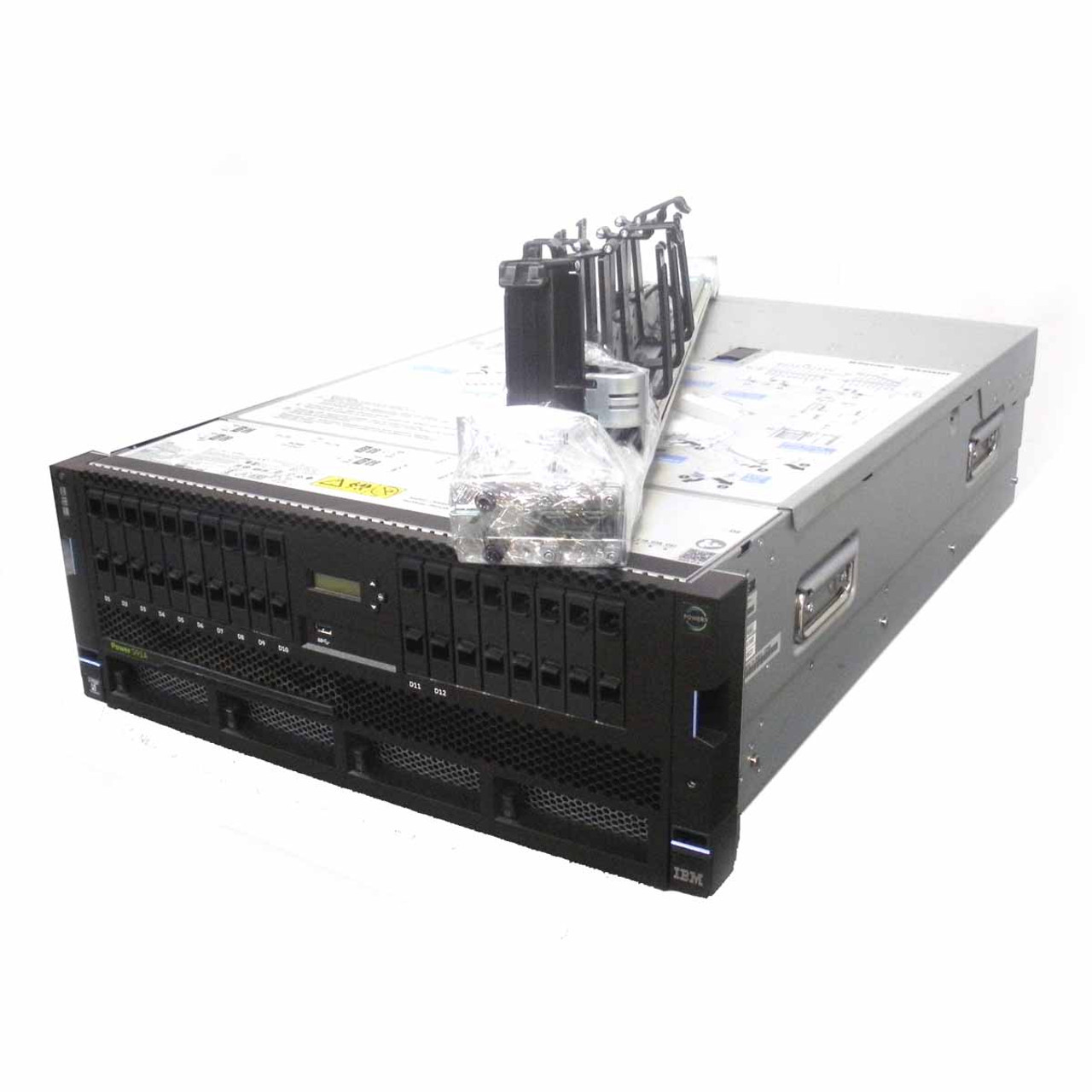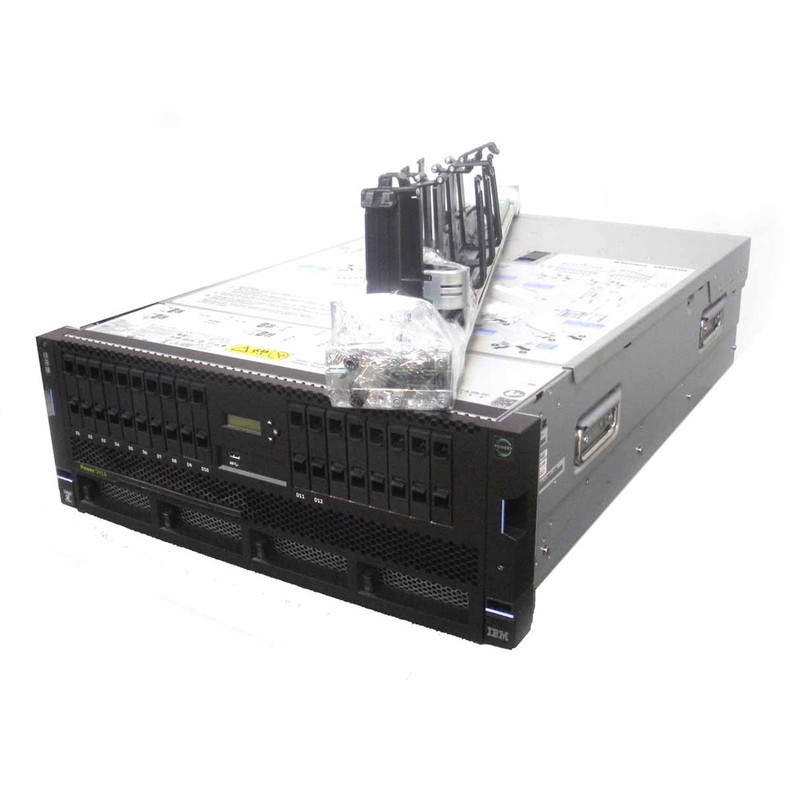
Are you in the market to buy a refurbished or used server?
Before diving into the server market, it's crucial to assess your specific needs. This will guide your decision-making process and ensure you choose the right hardware.
1. Define Your Requirements:
- Processing Power:
- Determine the necessary CPU cores and clock speed based on your workload (e.g., virtualization, database hosting, web serving).
- Memory (RAM):
- Calculate the RAM required by your applications and operating system.
- Storage:
- Consider storage capacity (HDD or SSD), data type, and performance needs (IOPS).
- Networking:
- Evaluate network connectivity requirements (Gigabit Ethernet, 10GbE) based on data transfer demands.
- Operating System:
- Choose a compatible operating system for your server.
2. Refurbished vs. Used:
- Refurbished Servers:
- Professionally inspected, cleaned, and tested by manufacturers or reputable vendors.
- Often come with warranties, offering peace of mind.
- Used Servers:
- Sold "as-is," potentially untested.
- Can be cost-effective but may require troubleshooting.
3. Research Trusted Vendors:
- Explore reputable vendors like Flagship Technologies, a leading provider of refurbished servers and parts since 1995.
- Flagship offers:
- A wide selection of brands (Dell, HP, IBM, Cisco).
- Thoroughly tested equipment.
- 30-day parts replacement warranty.
- Expert technical support and custom solutions.
4. Inspect Thoroughly:
- Carefully examine product images and descriptions.
- Look for signs of damage (scratches, dents, corrosion).
- Request additional images or videos from the vendor if necessary.
5. Ask the Right Questions:
- Inquire about:
- Server age.
- Warranty coverage.
- Return policy.
- Refurbishment process (if applicable).
- Known issues with the server.
6. Test Rigorously:
- Thoroughly test all server components upon receipt.
- Ensure the server meets your performance expectations and meets your specific needs.
Ready to find the perfect server for your needs?
Start your search today by visiting Flagship Technologies website or contacting their expert team at 800-416-8900 for personalized assistance.


